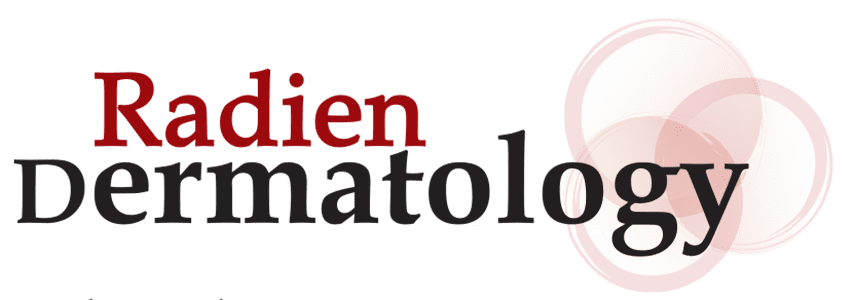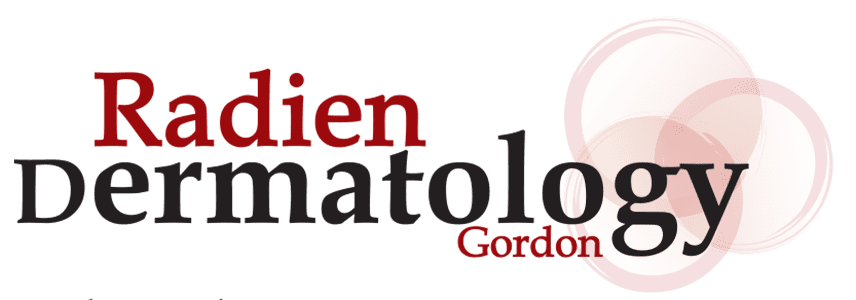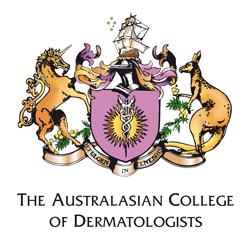Rosacea is very common inflammatory skin condition that gives facial redness, pimples and pustules. Though it affects adults, it is more common in women. The cause is not known, but one theory is that it is a reaction to a microscopic mite that lives on the skin.
There are two common presentations of rosacea: erythemotelangiectatic and papulopustular. They often co-exist.
Erythemotelangiectatic rosacea presents as a tendency to flush and blush, and having lots of redness on the cheeks. Patients eventually see a lot of small blood vessels on the mid face, over the cheeks, chin, forehead and nose. After a while, the redness becomes permanent. Emotional upsets, heat, exercise, hot drinks, spicy foods and alcohol can often trigger bouts of rosacea. Having lots of vessels on the face can make worse the other common type…
Papulopustular rosacea describes red dots, papules and pustules on the face. This inflammatory form of the disease can have longer-lasting attacks, and is more unsightly. It is often mistaken for acne, but there are no comedones found [blackheads and whiteheads].
Treatment involves avoiding the above flushing triggers if possible. The papulopustular rosacea should respond to oral treatment and creams may be prescribed by your doctor to reduce the tendency to attacks. Vascular laser and other light treatments may be appropriate to reduce the redness on the face. Also, a reduction of the number of vessels on the face may also reduce the number of attacks of pustules and papules, reducing the overall need for medication. A dermatologist is best placed to recommend the appropriate therapy.


